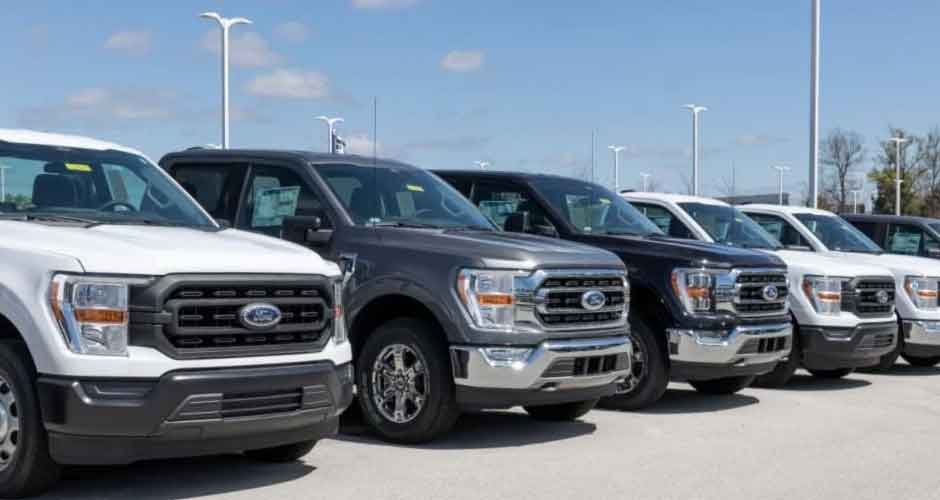The Top 10 Most Dangerous Cars in 2023

When it comes to choosing a vehicle, safety is a paramount concern that often takes precedence over other factors like style, performance, and technology. A car’s safety profile is not just about its ability to protect occupants in the event of a crash but also about its overall track record on the roads. Alarmingly, certain vehicles have consistently shown higher rates of involvement in fatal accidents, raising serious concerns about their safety standards. This article aims to shed light on these vehicles, providing a comprehensive overview of the top 10 most dangerous cars in 2023. The selection is based on crucial data related to fatal crashes and occupant fatalities, offering valuable insights for potential car buyers and the general public.
As we delve into this list, it’s important to understand the various factors that contribute to a car’s safety rating. These factors include structural design, crashworthiness, and the presence or absence of advanced safety features. The cars featured in this article have been identified based on their performance in real-world scenarios, highlighting the importance of empirical data in assessing vehicle safety. By examining the specific models that have higher rates of fatal accidents, we aim to inform and educate readers about the potential risks associated with these vehicles. This knowledge is not only crucial for making informed purchasing decisions but also for understanding broader trends in automotive safety.
- Ford F-Series (F-150, F-250, F-350): The F-Series, especially the F-150, is America’s most popular vehicle. However, it’s also the most dangerous, with the highest number of fatal crashes. Its larger counterparts, the F-250 and F-350, contribute to this statistic, making it the leader in fatal accidents in various states.
- Chevrolet Silverado: While the Silverado trails the F-Series in sales, it surpasses it in fatal accidents in certain states. This vehicle is particularly prone to fatal accidents, leading the statistics in states like Arkansas and Vermont.
- Honda Accord: The Accord is the deadliest passenger car, with a high rate of occupant fatalities in crashes. Despite its popularity, it has a concerning record in terms of safety, being the deadliest vehicle in several states.
- Toyota Camry: The Camry, a rival to the Honda Accord, shows a slightly lower fatality rate in accidents. However, it’s still among the top dangerous vehicles, particularly noted for fatal accidents in Massachusetts.
- RAM Pickup (1500, 2500, and 3500): The RAM series, formerly known as Dodge, has a high number of fatal accidents. Interestingly, it has the lowest number of occupant fatalities among the most dangerous cars, yet remains a concern in terms of overall safety.
- Honda Civic: The Civic has a disturbingly high fatality rate, with the highest number of occupant deaths per accident on this list. It’s particularly dangerous in states like California and Vermont.
- Toyota Corolla: With millions of Corollas on the road, its presence on this list isn’t surprising. Its compact size contributes to a higher fatality rate, reflecting the risks associated with smaller vehicles.
- Ford Explorer: The only SUV on the list, the Explorer has a history of hazardous situations, including a notorious tire issue in the 1990s. Its fatality rate is high, comparable to that of smaller cars.
- Nissan Altima: Comparable to the Honda Accord and Toyota Camry in features, the Altima also shares a similar, concerning pattern in occupant fatality rates, making it a risky choice in terms of safety.
- GMC Sierra: A counterpart to the Chevrolet Silverado, the Sierra pickup has a significant number of fatal crashes. It used to lead to car fatalities in states like Maine, indicating its safety risks.
In conclusion, the popularity of a vehicle does not always equate to its safety. As evidenced by the data on the most dangerous cars of 2023, even top-selling models can have concerning safety records. This emphasizes the critical need for consumers to diligently review safety ratings and historical accident data when making a vehicle purchase. It’s essential to remember that a car is not just a mode of transportation or a status symbol; it’s also a responsibility. Ensuring the safety of oneself and others on the road should be a paramount concern.
Moreover, this analysis serves as a reminder that the automotive industry must continually strive for improvements in vehicle safety. Manufacturers have a responsibility to address these concerns and innovate towards safer vehicles. Consumers, for their part, should remain informed and proactive, advocating for higher safety standards and making well-informed decisions. In an era where technology and performance are rapidly advancing, integrating comprehensive safety features is not just desirable but imperative. The balance between aesthetics, performance, and safety is a delicate one, but it is a balance that must be achieved to ensure the well-being of all road users.



